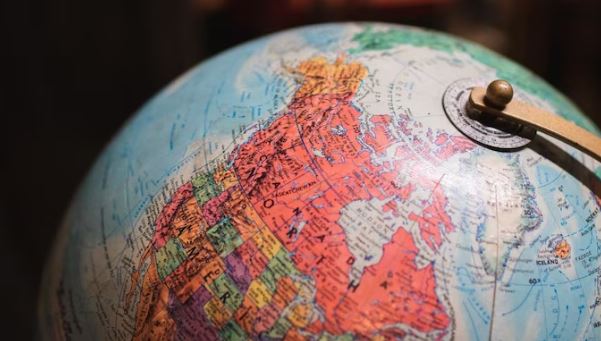
Throughout history, countries have undergone various transformations, including changes in their names.
These alterations are often influenced by political, cultural, or social factors. The renaming of a country can symbolise a shift in its identity, sovereignty, or historical narrative.
In this article, we will explore some notable examples of countries that changed their names and the reasons behind these transformations.
1. The Republic of Macedonia to North Macedonia
One of the most recent and well-known name changes occurred in 2019 when the Republic of Macedonia became North Macedonia. This change resolved a long-standing dispute with Greece, which objected to the use of the name “Macedonia” because it also has a region with the same name. The renaming was part of a diplomatic agreement that paved the way for North Macedonia’s NATO membership and improved relations between the two nations.
2. Ceylon to Srilanka
In 1972, the island nation of Ceylon changed its name to Sri Lanka, a term rooted in the Sinhalese language, and declared itself a republic. This shift aimed to reflect the country’s multicultural identity and reduce associations with its colonial past under British rule. Sri Lanka means “resplendent land” in Sinhalese, emphasising the country’s natural beauty.
3. Burma to Myanmar
The Southeast Asian nation known as Burma was renamed Myanmar in 1989 by the ruling military junta. The change was met with international controversy and opposition, as it was perceived as an attempt to legitimize the junta’s power. Some countries, including the United States, continued to refer to the country as Burma due to concerns over human rights abuses and the lack of a democratic transition.
4. Zaire to the Democratic Republic of the Congo
In 1997, Zaire changed its name to the Democratic Republic of the Congo (DR Congo) after a series of political upheavals and conflicts. The change sought to distance the country from the authoritarian regime of Mobutu Sese Seko, who had ruled as a dictator for over three decades. The new name emphasised the return to a democratic system of governance.
5. Siam to Thailand
Thailand was known as Siam until 1939 when it officially changed its name. This change aimed to assert the nation’s unity and identity in the face of increasing Western colonial influence in Southeast Asia. “Thailand” means “Land of the Free” and was chosen to emphasise the country’s independence and the Thai people’s sense of national pride.
6. Czechoslovakia to the Czech Republic and Slovakia
The dissolution of Czechoslovakia in 1993 led to the creation of two separate countries: the Czech Republic and Slovakia. This peaceful separation followed the end of communist rule and was based on the desire for greater autonomy and self-determination among the two ethnic groups, the Czechs and the Slovaks.
7. East Pakistan to Bangladesh
In 1971, East Pakistan declared its independence from West Pakistan following a brutal war. This resulted in the creation of the new nation of Bangladesh. The change in name and status reflected the cultural, linguistic, and political differences between the two regions and marked the end of the Bangladesh Liberation War.
During the upcoming special Parliament session led by Narendra Modi’s government, there might be a proposal to change India’s official name from “India, that is Bharat” to simply “Bharat.”




